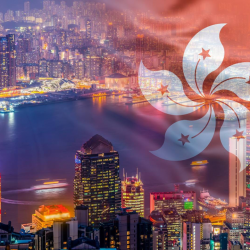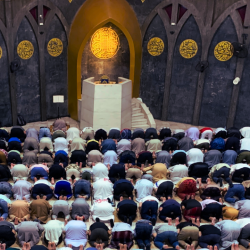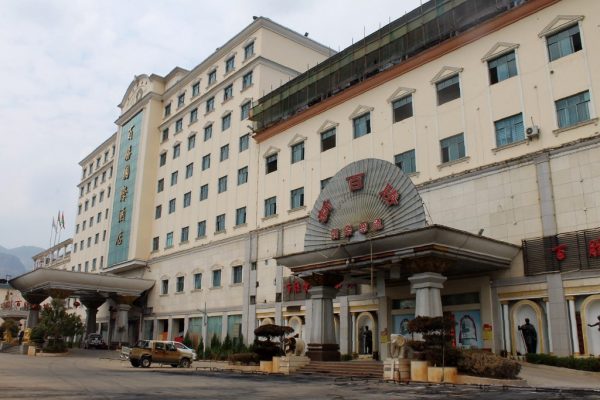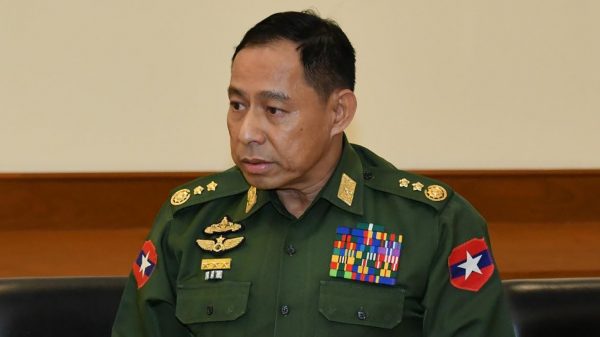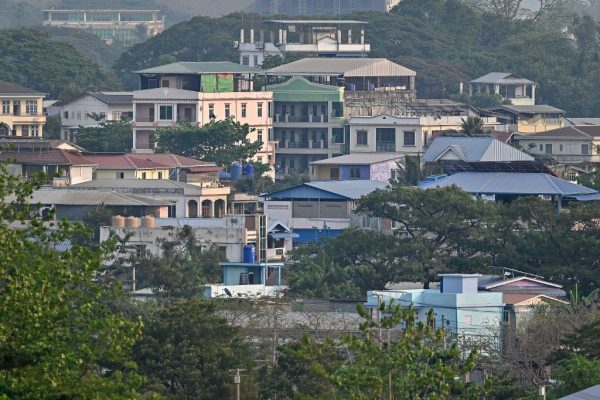Thailand must prepare for a possible influx of Myanmar’s young people
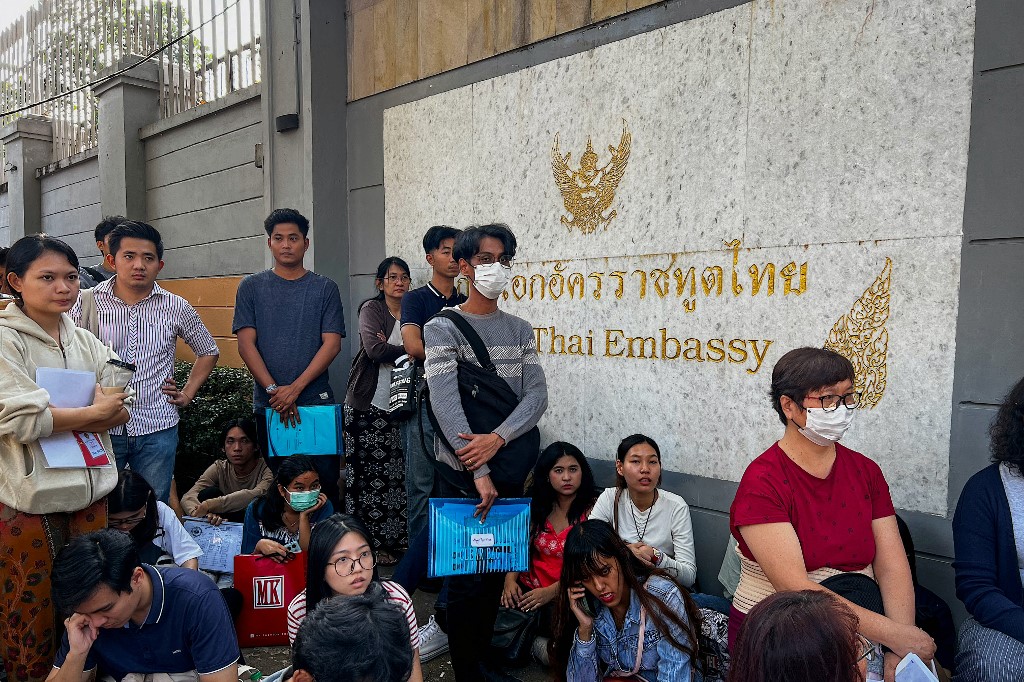
The State Administration Council’s (SAC) plans to draft more soldiers to fight the resistance forces poses serious challenges for Thailand’s volatile and porous border. Myanmar’s People Military Service Law, enacted in 2010 but activated on February 13, obligates men and women, aged 18 to 45 and 18 to 35 respectively, to be drafted into the military for two years of compulsory service.
Furthermore, Individuals with specialized knowledge such as doctors and engineers must serve three years. In the case of a national emergency, the time to be served could be extended to five years.The new draft shows the military regime is desperate to add more fighters as they have suffered great losses over the past five months of intense fighting between the Tatmadaw and alliances of ethnic armed groups and other resistance forces.
Right after the announcement, a long queue formed at the Thai Embassy in Yangon as young men and women applied for visas to Thailand. Both daily quotas via the offline and online visa applications are still being quickly filled. Myanmar passport holders can enter Thailand with a visa waiver via international check-in counters for two weeks.The SAC’s military draft plan could easily backfire as the young people of Myanmar are very upset with the regime, which has destroyed their future and country. For some, they could easily join the resistance forces that are positioned in the vicinity of their homes.
Those who have ways and means to cross borders into foreign countries will do so in earnest. The conscription will further weaken the SAC’s grip on power as the young people do not want to serve the brutal regime.Indeed, Operation 1027 has greatly reduced the number of active troops on the ground and the areas controlled by the Tatmadaw. It is difficult to figure out the real number of soldiers on the ground.
Frequently cited figures range from 150,000 to 300,000 troops. The reactivation of the 2010 law shows that Myanmar’s armed forces need more fighters as the regime’s superior aerial power has failed to dent the resistance forces. At this juncture, Naypyidaw wants to get new 5,000 recruits per month until it reaches its target of 600,000. This will be a tall order given the dire situation in Myanmar.
Suppose the official draft starts around the Thingyan festival, Myanmar’s traditional new year as announced by the SAC. In that case, there will be an outflow of asylum seekers to the countries bordering Myanmar, with Thailand as the most popular destination. Thailand must therefore prepare a contingency plan to face the unpredictable challenge.
One idea that has been circulated, among experts and ethnic groups, is to set up some “safe zones” near the Thai border to ensure the newcomers who refuse to be conscripted can seek refuge and safety
Within the Thai border, since the end of last year, the provincial authorities have been instructed to prepare several dozens of temporary shelters for the possible influx of displaced villagers across the border. These shelters could accommodate up to 80,000 persons. However, the new military conscription could see new arrivals, who can swarm the Thai border, especially at the two permanent checkpoints in Tak and Mae Hong Son.
The 2,401-kilometer border is not demarcated but there are active border trade and people-to-people exchanges in ten provinces bordering Myanmar—Chiang Mai, Chiang Rai, Mae Hong Son, Kanchanaburi, Tak, Ratchaburi, Phetchaburi, Prachuapkirikan, Chumphon and Ranong. As such, given its porous nature, human traffickers are having a field day sneaking people through the so-called natural channels daily oblivious to the security officials. The Interior Ministry and National Security Council must find appropriate measures to tackle this new challenge and ensure safety.
The Srettha government must not be complacent to the possible new influx as it could negatively impact border security and hamper the planned humanitarian assistance plan, which will kick off soon.
by Kavi Chongkittavorn

